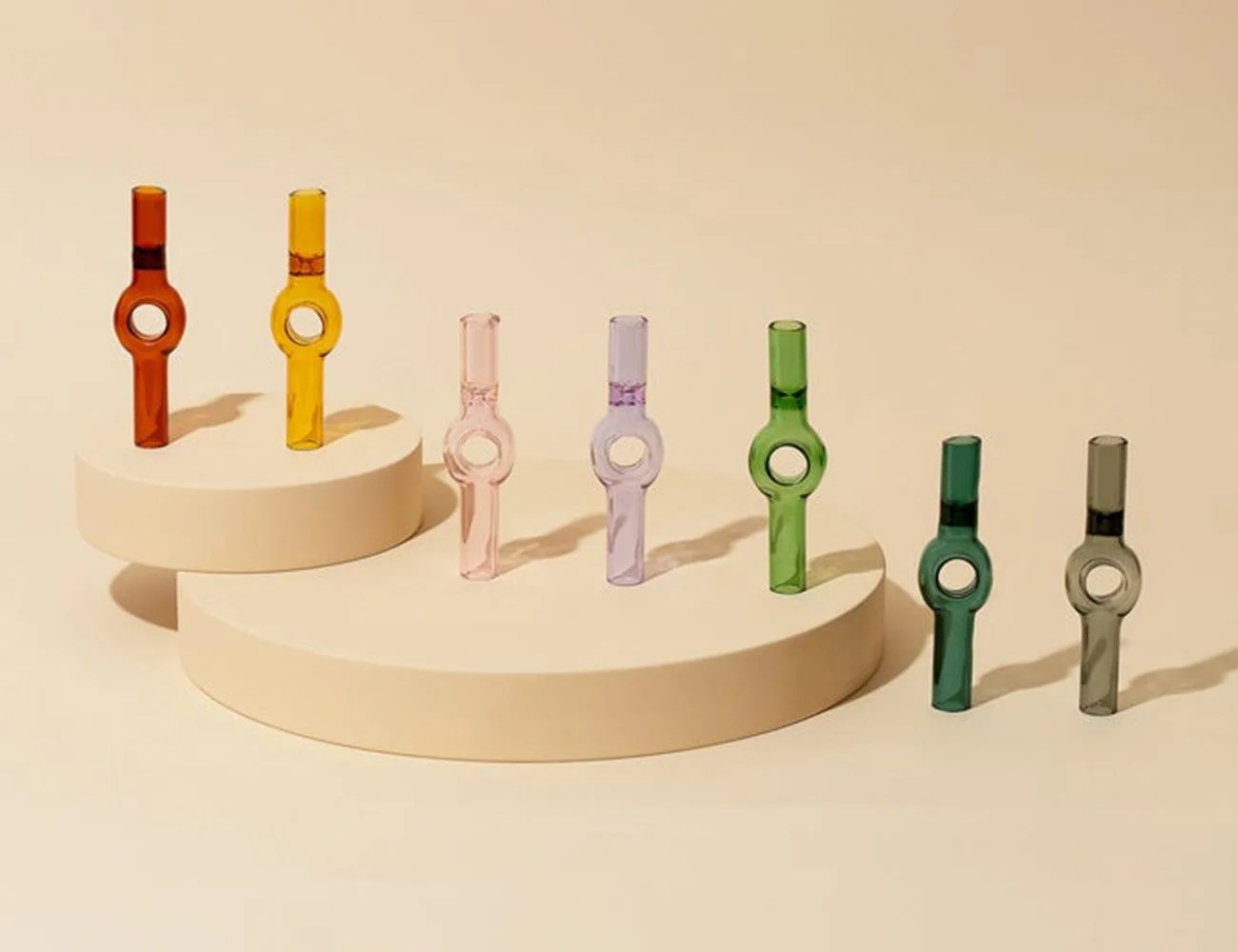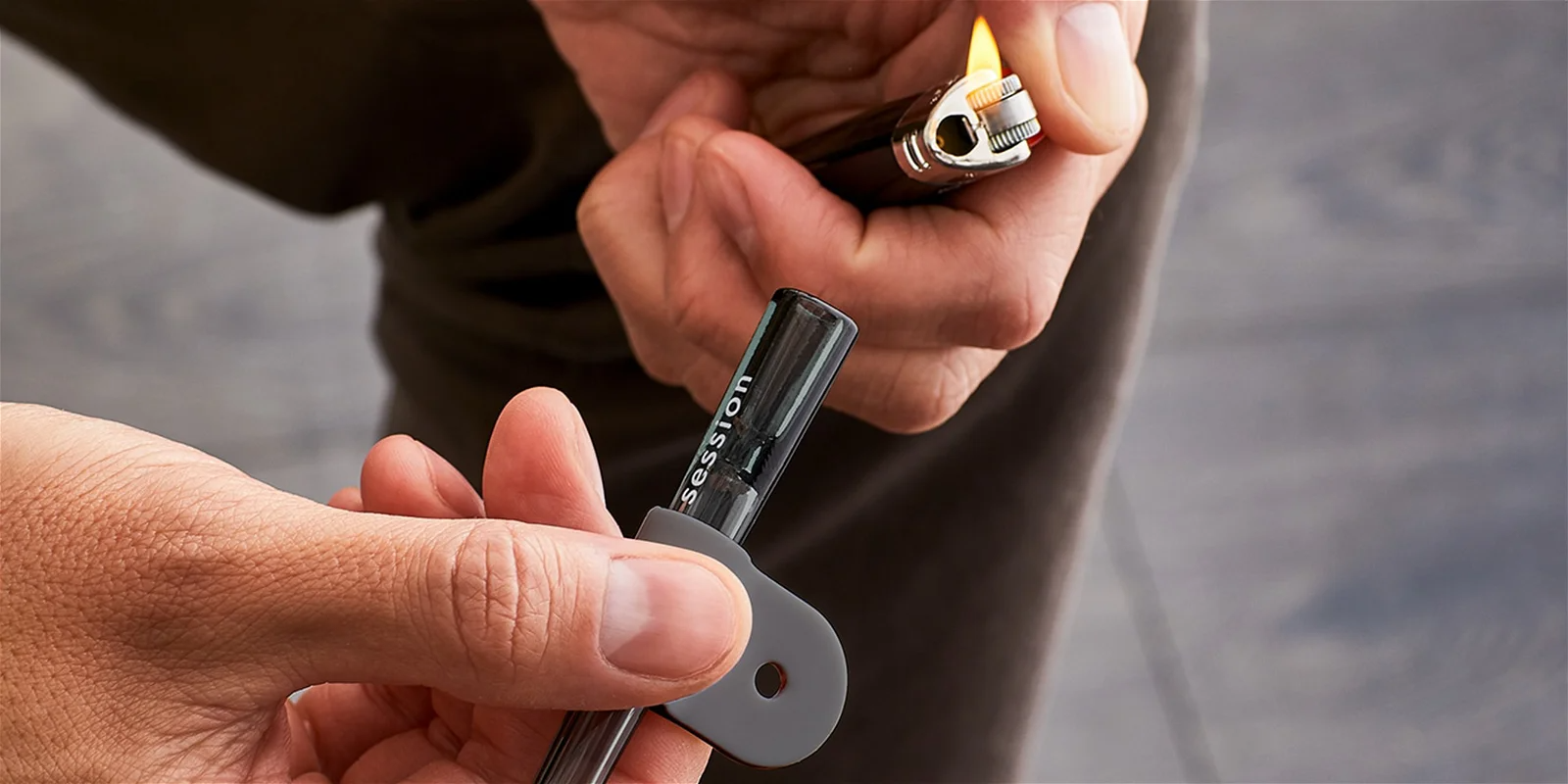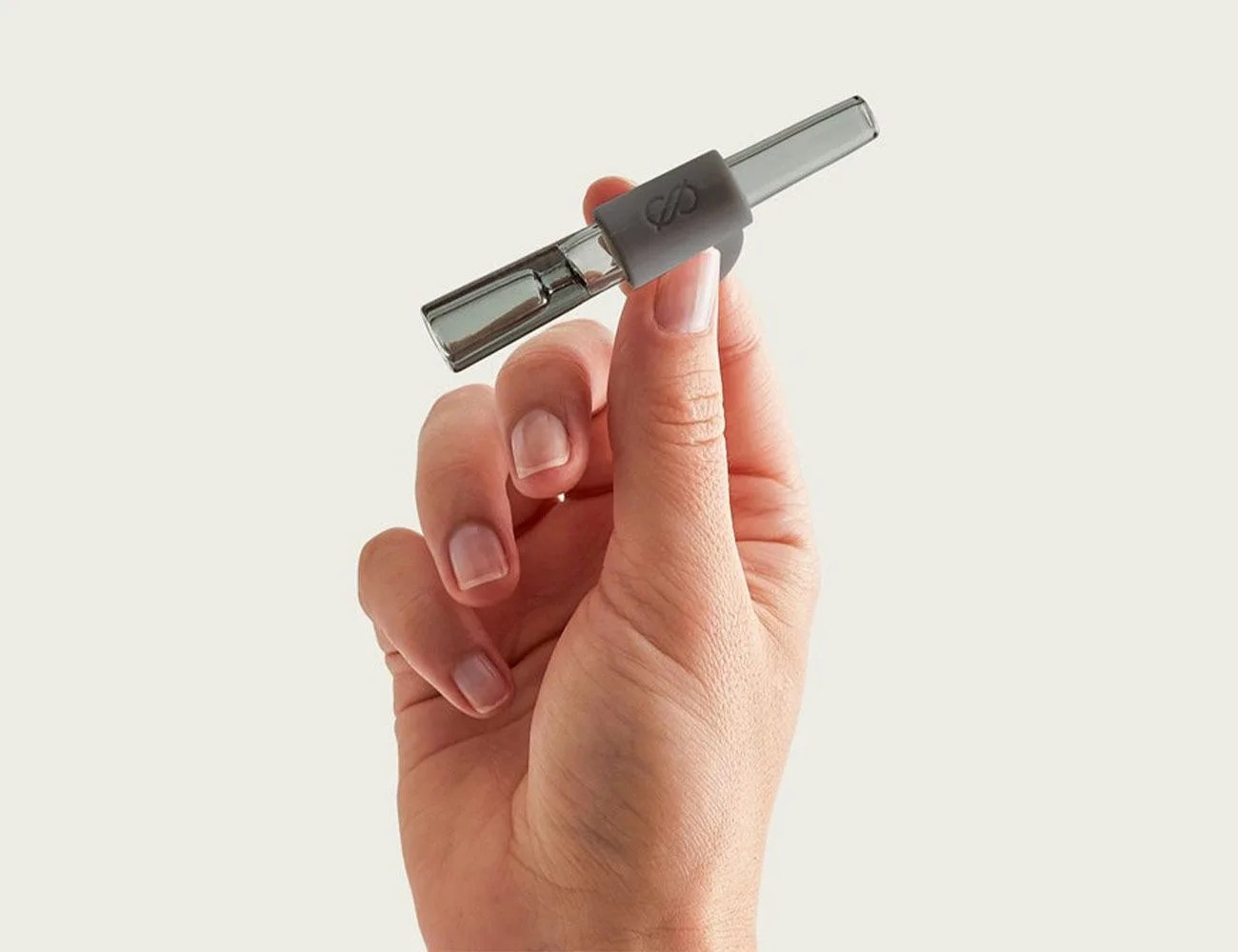Looking for more weed content? Check out our guides to weed strains, bongs, vapes, bubblers and rolling papers, too.
After consuming herb, weed, pot, flower, THC or whatever else you want to call it for literal centuries, we’ve figured out a hell of a lot of means of managing that consumption. And while most folks are familiar with the basics — bongs, pipes and joints to name a few — there are also a number of devices that are a little less commonly known. Chillums, for instance, are one such device.
For the uninitiated, a chillum is a small, hollow tube with a bowl on one end and a mouthpiece on another. Unlike their friends, pipes and bowls, chillums lack a carb (a hole in a pipe or bowl that controls airflow). That’s the simple explanation. But there’s a lot more to it, and you can learn all about them, their history and more below.
Chillum vs. One-Hitter
You might be wondering: isn’t a chillum just another name for one-hitter? Well, the answer is yes, but also no. While they serve a similar purpose, there are some subtle differences. Chillums, for instance, are usually cone-shaped and tend to have a larger bowl diameter that tapers to the mouthpiece, which is typically designed to accommodate usage in a water pipe. By contrast, one-hitters are often slimmer and more uniform tubes, often made to look like cigarettes (and take up the same amount of room).
Furthermore, one-hitters are often sold with a “dugout” — a rectangular case roughly the same size and shape as a cigarette pack that has compartments to store both the one-hitter and a stash of herb. And, last but not least, while one-hitters are usually tiny for easy stashing, some chillums can sometimes be quite long and large and not as pocketable.
 Laundry Day
Laundry Day
